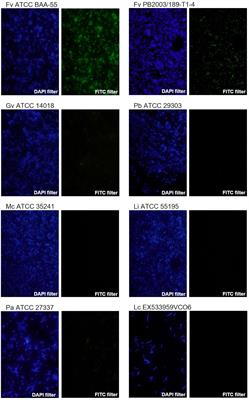EDITORIAL
Published on 09 Aug 2022
Editorial: Vaginal dysbiosis and biofilms
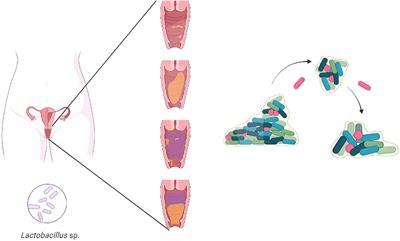
doi 10.3389/fcimb.2022.976057
- 3,582 views
- 9 citations
16k
Total downloads
76k
Total views and downloads
EDITORIAL
Published on 09 Aug 2022

ORIGINAL RESEARCH
Published on 27 May 2022
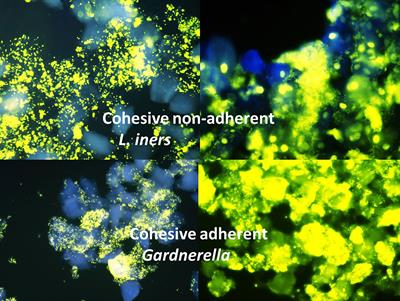
BRIEF RESEARCH REPORT
Published on 11 May 2022
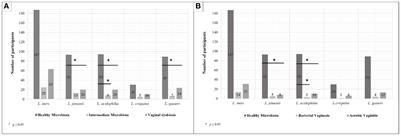
REVIEW
Published on 25 Mar 2022

ORIGINAL RESEARCH
Published on 08 Mar 2022
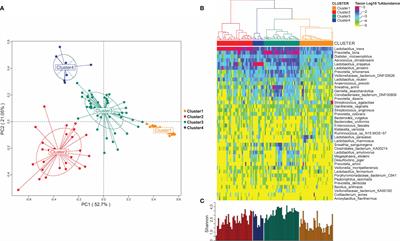
ORIGINAL RESEARCH
Published on 25 Jan 2022
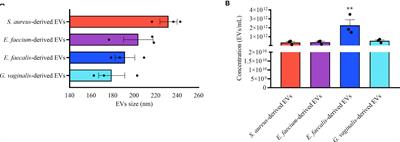
ORIGINAL RESEARCH
Published on 13 Jan 2022
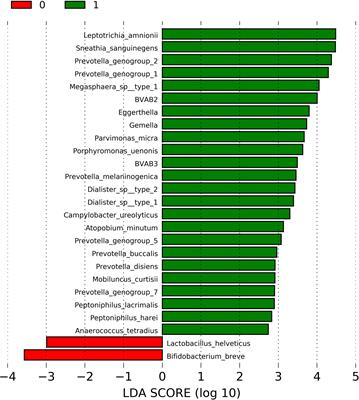
PERSPECTIVE
Published on 05 Jan 2022

REVIEW
Published on 22 Nov 2021
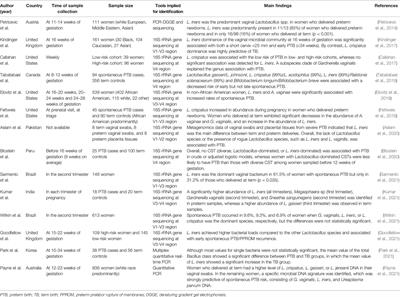
BRIEF RESEARCH REPORT
Published on 18 Nov 2021
